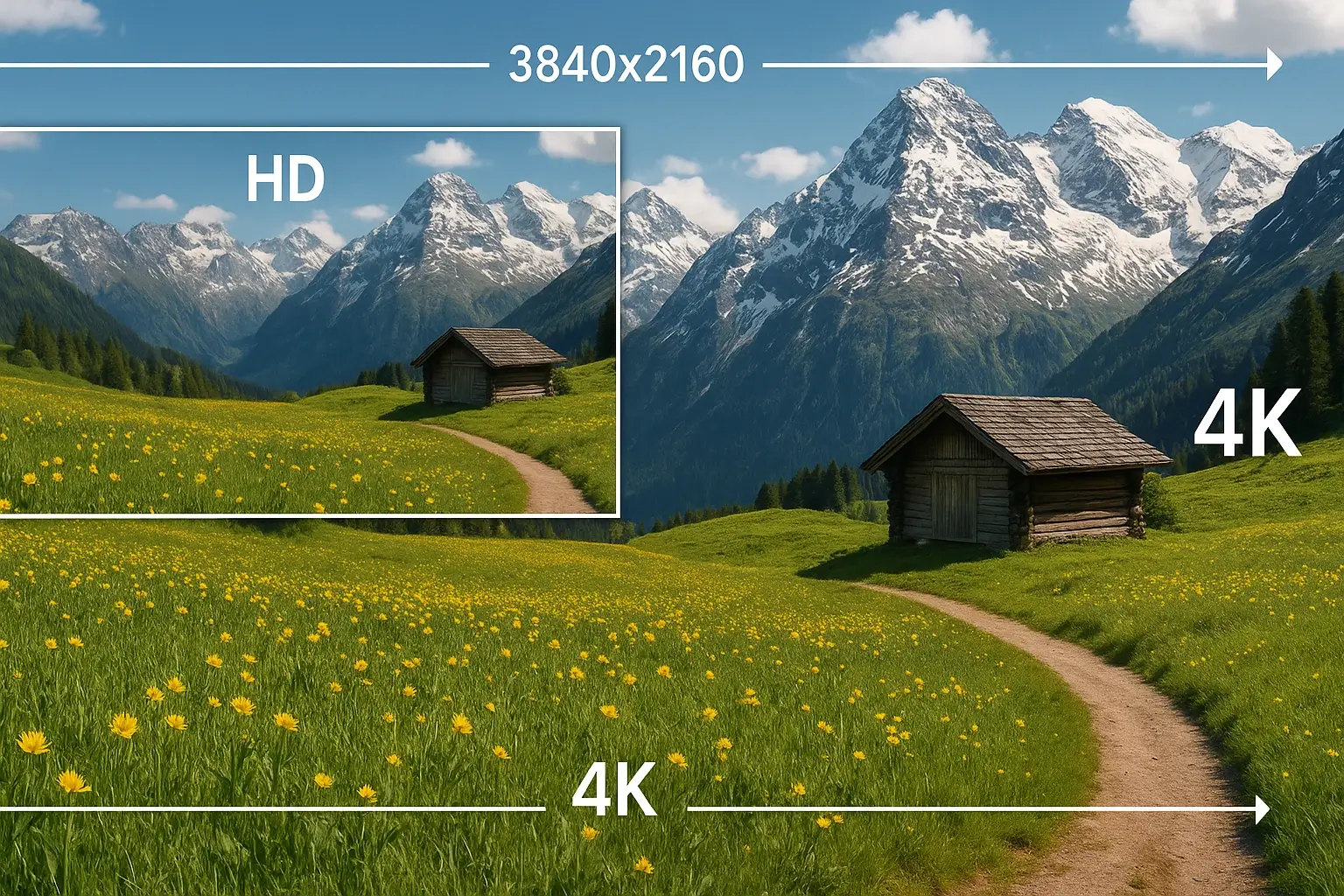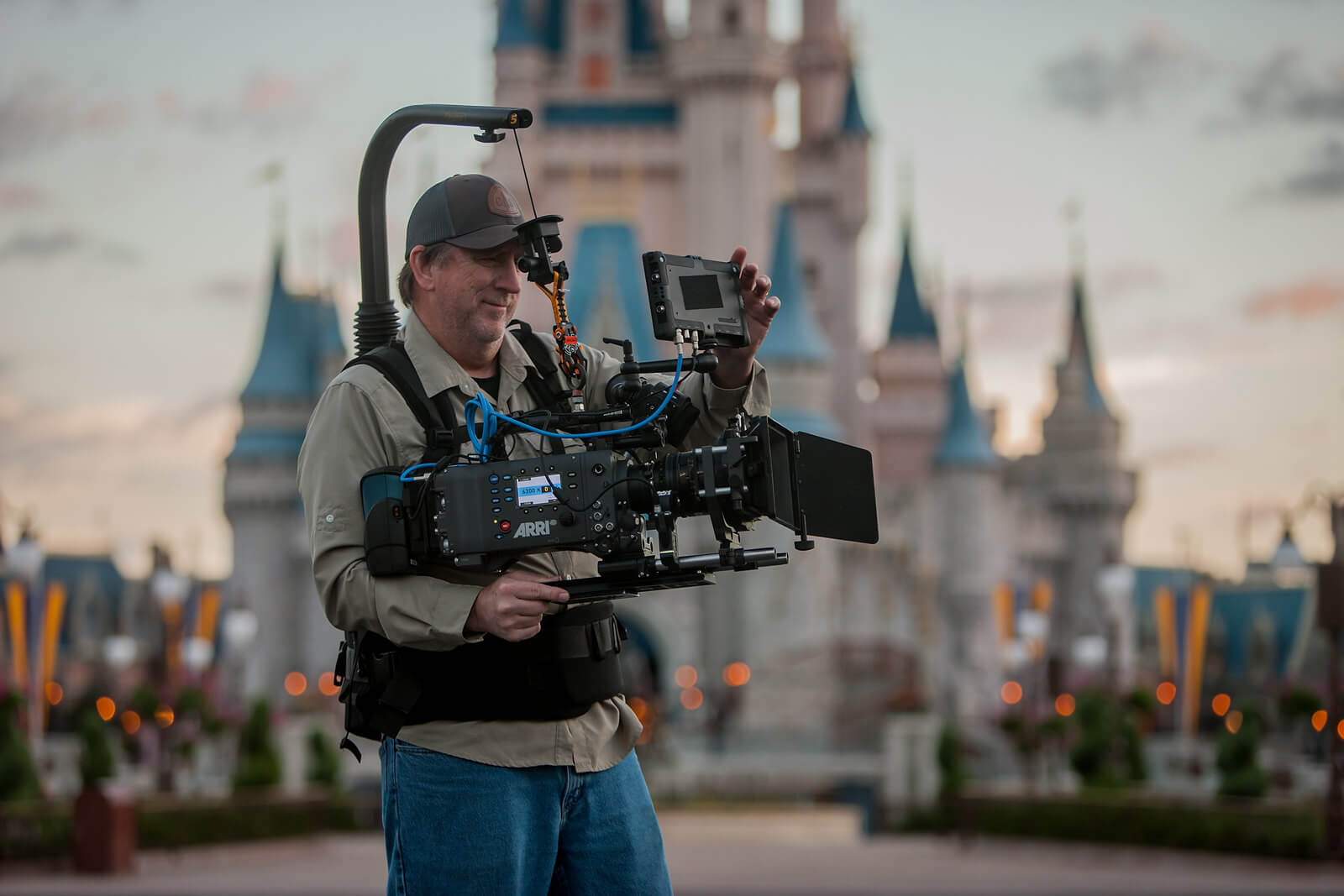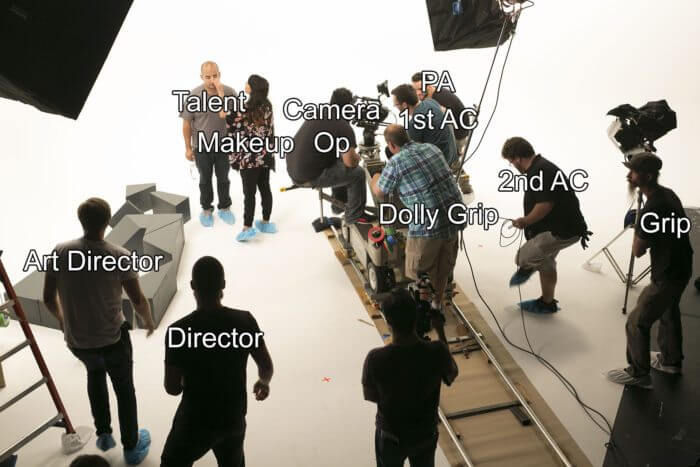Why 4K is the Smart Starting Point for Modern Video Production
When people hear “4K,” they often think of ultra-sharp TVs. But 4K video production isn’t just about consumer screens, it’s about unmatched flexibility, clarity, and post-production control for filmmakers, marketers, and content creators.
Delivering standout visual quality is no longer optional. Brands, agencies, and production houses are increasingly turning to 4K production to deliver the kind of detail and depth that today’s audiences expect.
Whether content is ultimately streamed, projected, or even downscaled, starting with a 4K master opens creative doors that lower resolutions simply can’t match.
Much of the time, content captured in 4K is edited and exported at 1080p or even social-media-native sizes.
So why bother?
Because the extra resolution translates to sharper downscaled footage, smoother motion, and cleaner post effects.
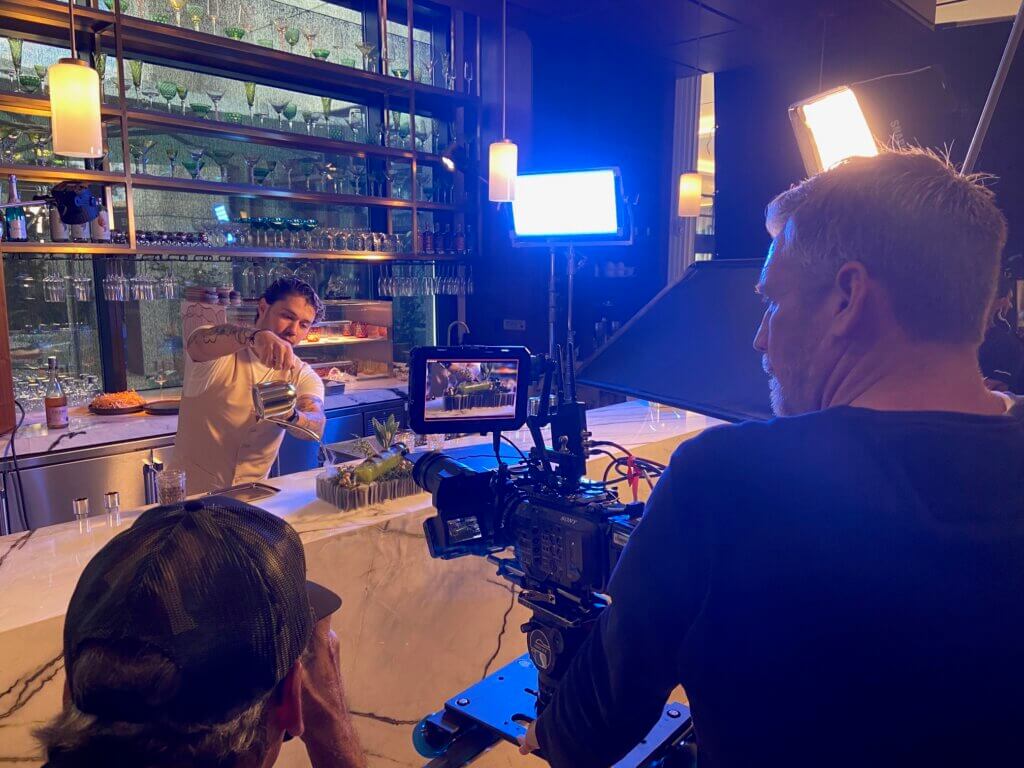
Optimal Viewing Distance vs. Ultra HD Use Cases
You’ve probably heard about how you “can’t tell the difference” between 1080p and 4K unless you’re sitting two feet from the screen. While technically true under lab conditions, real-world viewing and production doesn’t work that way.
Optimal viewing distance matters most in passive experiences like TV watching. In those cases, yes, the screen size and your seat affect how much you benefit from 4K.
But when we’re talking about use cases like digital signage, trade show displays, video walls, and high-end corporate videos, resolution has a very different impact.
For example, a 4K digital signage display running on a loop in a retail store isn’t limited by viewing distance, customers will see it up close, from every angle.
Similarly, in corporate boardrooms, large projection setups or video walls benefit greatly from high-resolution source footage, regardless of where the audience is seated. The detail just pops.
And then there’s cropping. When editors work with interviews, product showcases, or b-roll footage, they often need to punch in, reframe, or add subtle digital zooms.
With 4K, you have the pixel real estate to make those decisions without degrading image quality. So, even if your final output is 1080p, you’re delivering a cleaner, tighter shot with more control.
How 4K Cameras Give Editors More Creative Freedom
Think of 4K like an oversized canvas. It allows editors to reframe, crop, stabilize, and push visual storytelling without sacrificing quality.
Modern editors aren’t just trimming clips, they’re reshaping footage. Adding motion to still shots, adjusting interview framing, creating zoom-ins on key reactions, these are all part of today’s dynamic edit style. And 4K empowers that by giving you more pixels to work with.
For example, say your cinematographer shot a beautifully composed wide interview in 4K. In post, the editor can carve out a tight medium shot, add a cut-in reaction, or even simulate camera movement using keyframes, all without touching a second camera. The end result feels like a multi-cam setup, even if it wasn’t.
Color grading also benefits from 4K. Higher resolution means more information in shadows, highlights, and gradients. This gives colorists greater latitude when crafting mood, matching shots, or applying cinematic LUTs.
And then there’s VFX and compositing. Whether you’re layering graphics, motion titles, or pulling green-screen keys, starting with 4K means cleaner edges, finer details, and more believable effects.
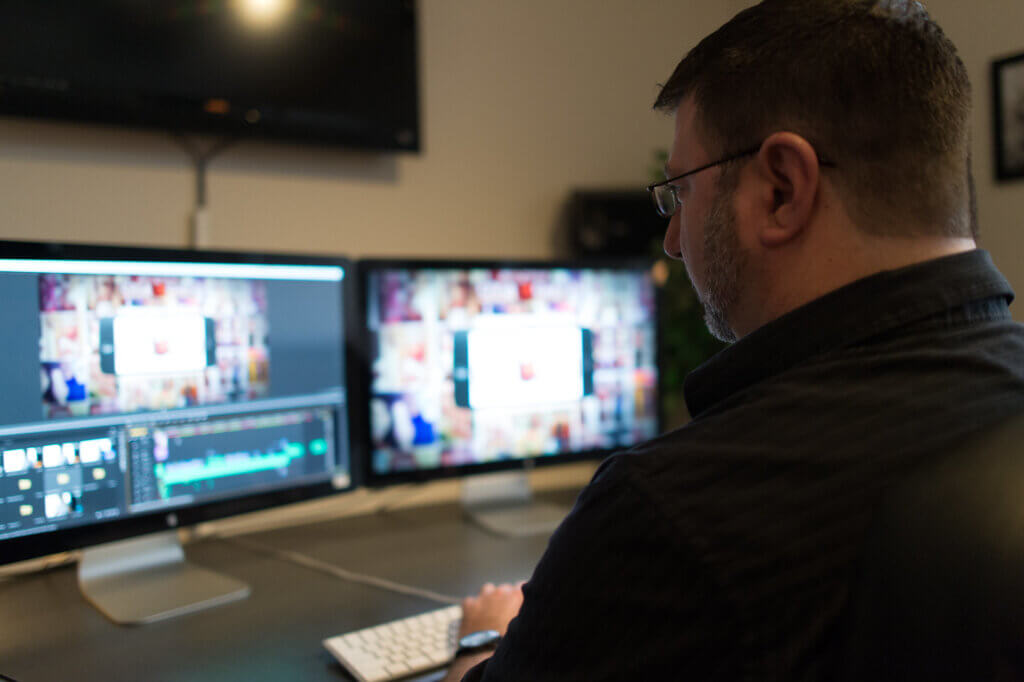
Read More: Tips from Post Production
Single-Camera 4K Interviews: Wide to Tight in Post
It used to be that if you wanted both wide and close-up shots for an interview, you’d need multiple cameras or at least a second angle. Today, 4K turns a single static camera into a flexible storytelling tool.
Let’s say you’re filming a corporate CEO in a controlled environment. You set up a well-lit, wide shot in 4K. Now in post-production, you can pull tight for emotional emphasis, slide between a wide and a mid-shot, or alternate for pacing, all from the same source footage.
It feels like a two-camera interview, but it’s actually more precise and consistent because the lighting, angle, and depth remain the same.
Even better, editors can adjust framing in real time, depending on how the story unfolds. If a speaker gets emotional, lean in. If they start using hand gestures, zoom out. The options are endless, and it’s all done in post.
This is a game-changer for documentaries, testimonials, branded interviews, and online courses. Instead of setting up multiple cameras and hoping for continuity, production crews can focus on lighting, sound, and performance, knowing they’ll have editing flexibility later.
Skystorm’s Roadmap to Integrate 4K Workflow
At Skystorm, we believe that 4K isn’t just a feature, it’s a foundation. That’s why we’ve integrated it into every layer of our video production process, from pre-production planning to final delivery.
Here’s how we’re doing it:
1. Standardizing on 4K Cameras
We’ve upgraded our camera inventory to include RED, Blackmagic, and Sony 4K-capable cameras. This allows every shoot, no matter the scale, to start with premium resolution as the baseline. Whether we’re filming a cinematic brand story or a fast-turnaround product demo, we have the flexibility to shoot once and cut many ways.
2. Optimizing Post-Production for High-Res Workflows
Our post-production suites are calibrated for 4K timelines, with high-speed storage, GPUs, and displays optimized for color accuracy. We’ve also developed proprietary templates and presets that accelerate 4K-specific edits, from pan-and-scan interviews to motion graphics that match the pixel density of the footage.
3. Empowering Remote Teams with Cloud Sync
4K files are big, we get it. That’s why we’ve invested in secure, cloud-based proxies and accelerated file-sharing tools. This makes collaboration seamless for remote editors, clients, and producers. Review, comment, and approve, no matter where you are.
4. Training Clients and Crews for 4K
Shooting 4K is different from 1080p. It demands more precision in focus, exposure, and set design. Our in-house training programs ensure that everyone, from DPs to colorists, is equipped to capture and optimize 4K at every step. We also offer educational resources to clients so they understand how 4K footage can elevate their final product.
5. Delivering Multi-Platform, Multi-Resolution Packages
We don’t just deliver a master file. Our 4K workflow allows us to export content tailored for every platform; YouTube, Instagram, digital signage, broadcast, and more. Whether you need vertical reels, 16:9 hero videos, or animated cutdowns, we build it from the same pristine source.
Read more: Multi-Stream Video Channels for Production Companies
Key Takeaways!
4K video production is no longer a luxury or a niche, it’s the new normal for teams that want maximum creative control and future-ready content.
Whether you’re producing brand films, training modules, or live event coverage, starting with 4K ensures that your content looks sharper, edits smarter, and delivers more value across every platform.
Reach out to Skystorm for exceptional 4K video production results.
